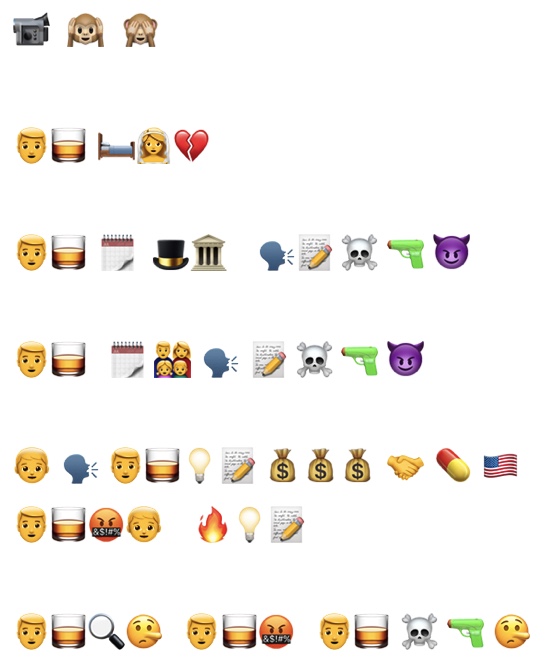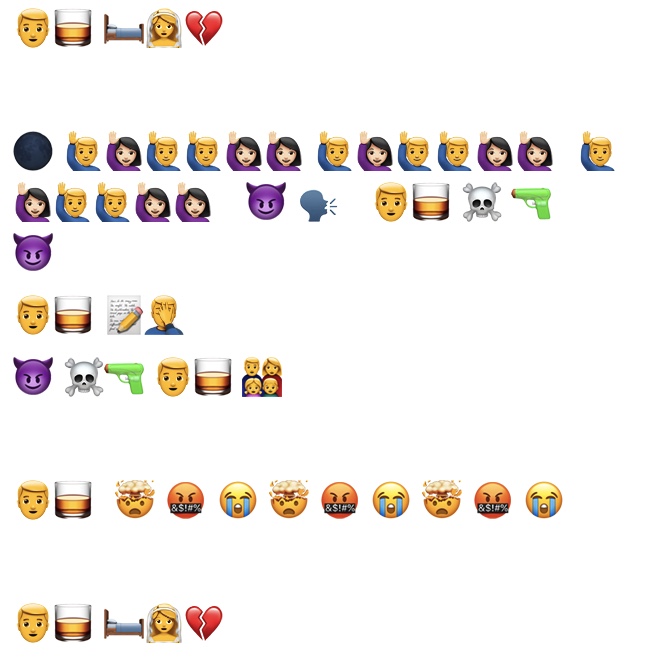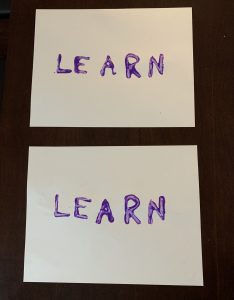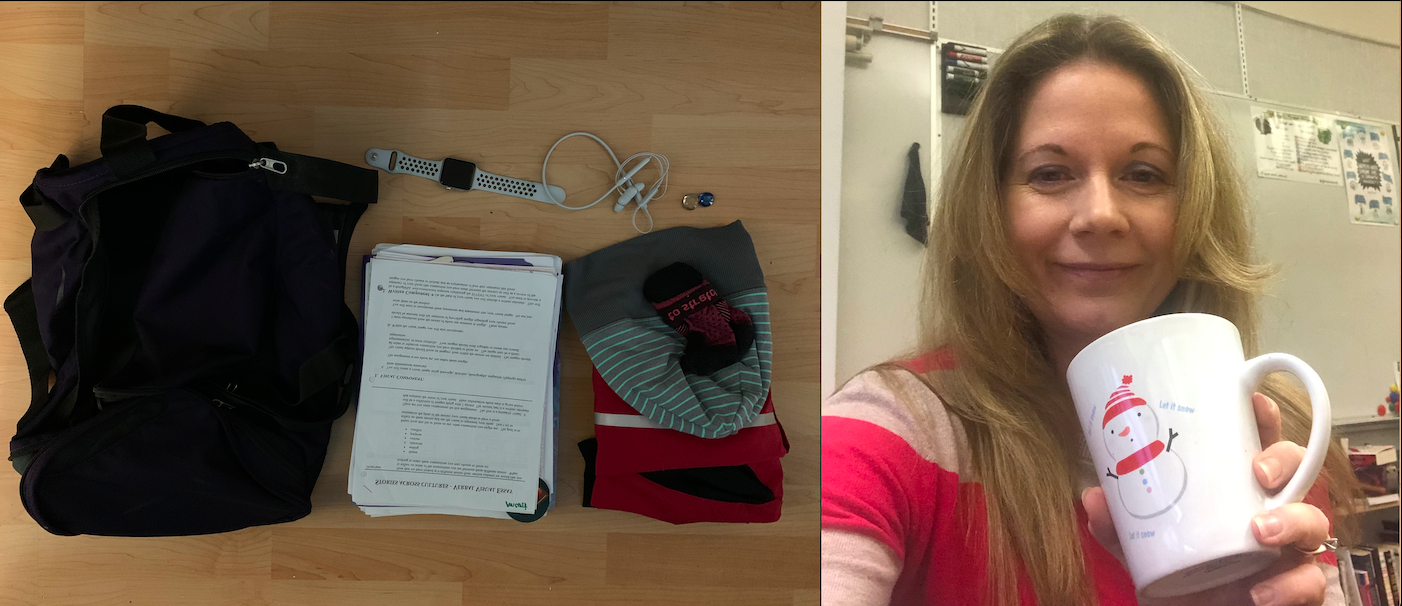Speculative design can lead to a number of interesting possibilities. One purpose can be to draw attention to “factors that may lead to undesirable futures” (Dunne & Raby, 2013, p.6). For instance, modern technology clearly has limitless benefits, however there is mounting evidence that some affordances may have negative consequences for certain groups. Algorithms are one example. While they often have an intended purpose to improve society, they sometimes fail to meet this goal. A fascinating example is provided by O’Neil (2017) where a program which was designed to use algorithms to reduce crime rates ended up reinforcing discriminatory police practices. Another example of misused technology relates to AI technology. In “Lessons from the AI Mirror” Shannon Vallor describes how AI can sometimes highlight issues surrounding existing ethical dilemmas. One example would be safety concerns related to self-driving vehicles. Rather than reject technology, however, she proposes that we “improve machines by improving ourselves.” It was this insight that led me to my speculative design. I decided to focus on technology that could be used for a very positive purpose but could also easily be misused and cross the lines into restricting rights and invading privacy.
My speculative design focusses on the experience of dining out in the future. I envision restaurants of the future being far more interactive, which is already happening now as menus are accessed through scanned bar codes. This same technology could allow people to select menu items based on their specific nutritional goals, health circumstances, allergies, and preferences. This could be a very beneficial use of technology, and I could see a private/public partnership as governments look to decrease the number of people relying on healthcare services by being more conscious of their eating habits. Algorithms could be used effectively to predict the health outcomes of certain menu choices.
This potential is seen in the first menu, where the focus is on providing customers with a safe and healthy experience. Technology is used to ensure patrons are not ill. The information guests provide is voluntary and is used to determine which menus will support their current health status. In this speculative future technology assists customers but does not necessarily restrict their choices.
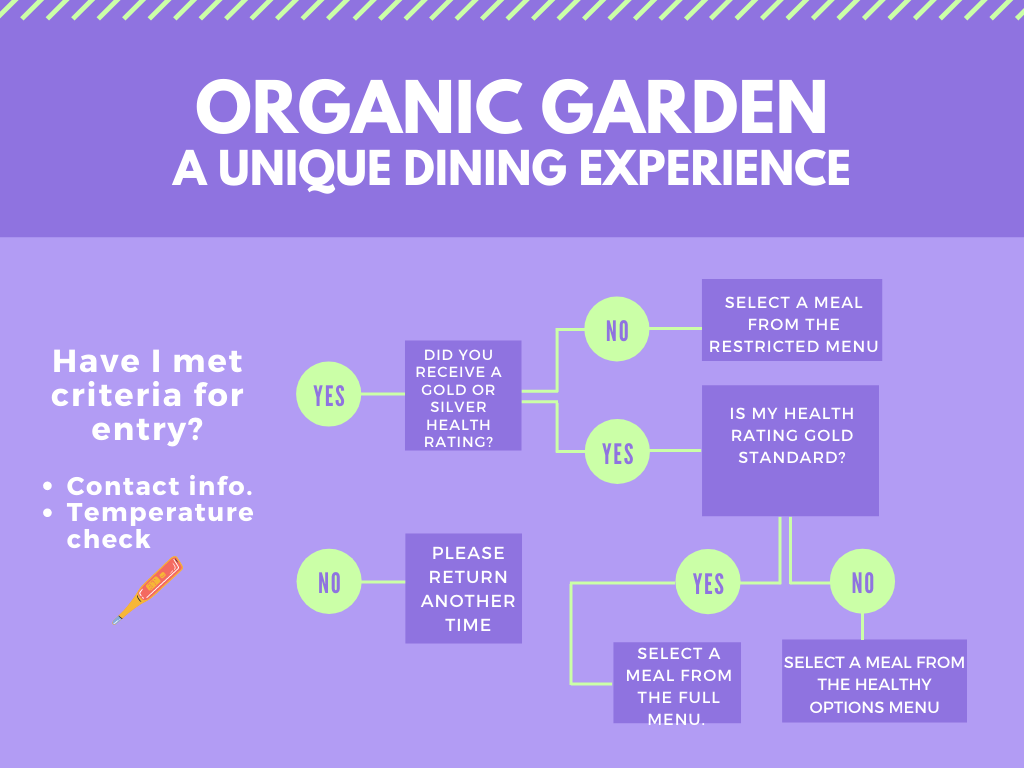
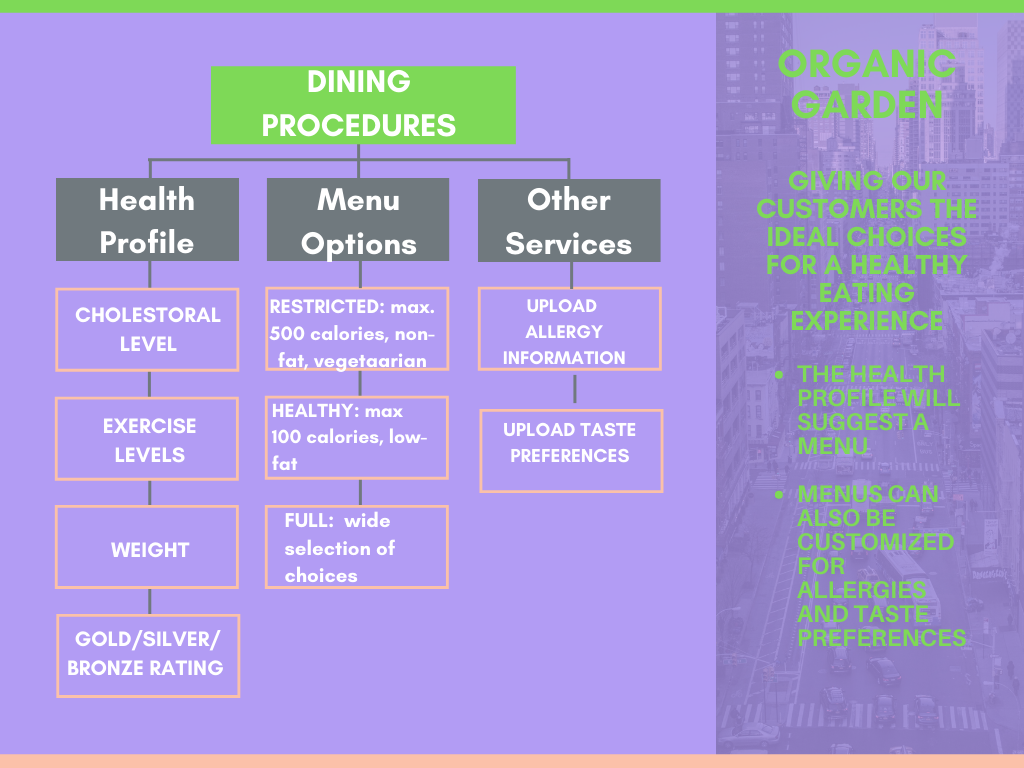
Like most technology, however, the purpose it is designed for can come with possible negative side effects. Encouraging consumers to select menu items based on health considerations could easily be manipulated. Governments could legislate that individuals are only allowed to access certain items based on pre-existing conditions they reveal upon booking. We are already providing phone numbers…is it that much of a stretch that a retinal scan could share personal health details. Suddenly items would be restricted based on health history. Even entry to the restaurant could be denied for a variety of reasons. This would all happen under the guise of promoting health and protecting customers but could so easily cross the line to limiting personal freedoms.
This potential is seen in the second menu, where a more rigorous test is given before customers are allowed entry. The health profile does not lead to a suggested menu, but a required one. The profile is more detailed and takes age into account. As well, there are a series of restrictions based on personal history like alcohol or drug addiction. In this restaurant of the future, a diabetic would not be allowed to order dessert, or an addict a drink. While the goal would be to improve society, clearly there are major concerns related to privacy and personal freedom.
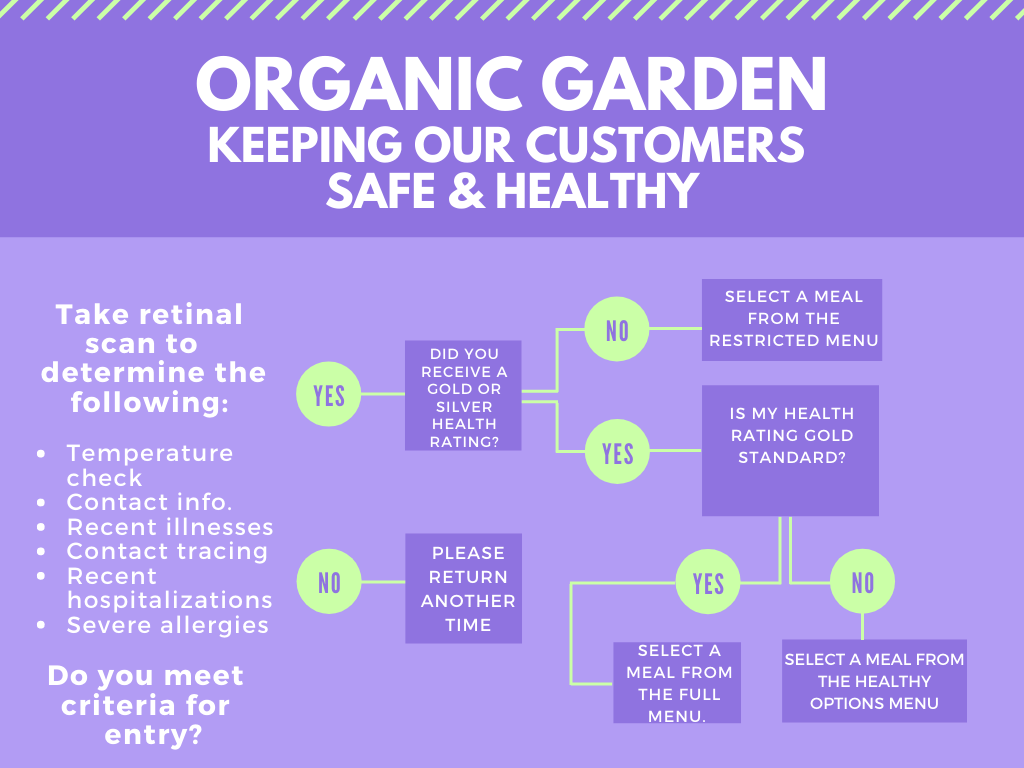
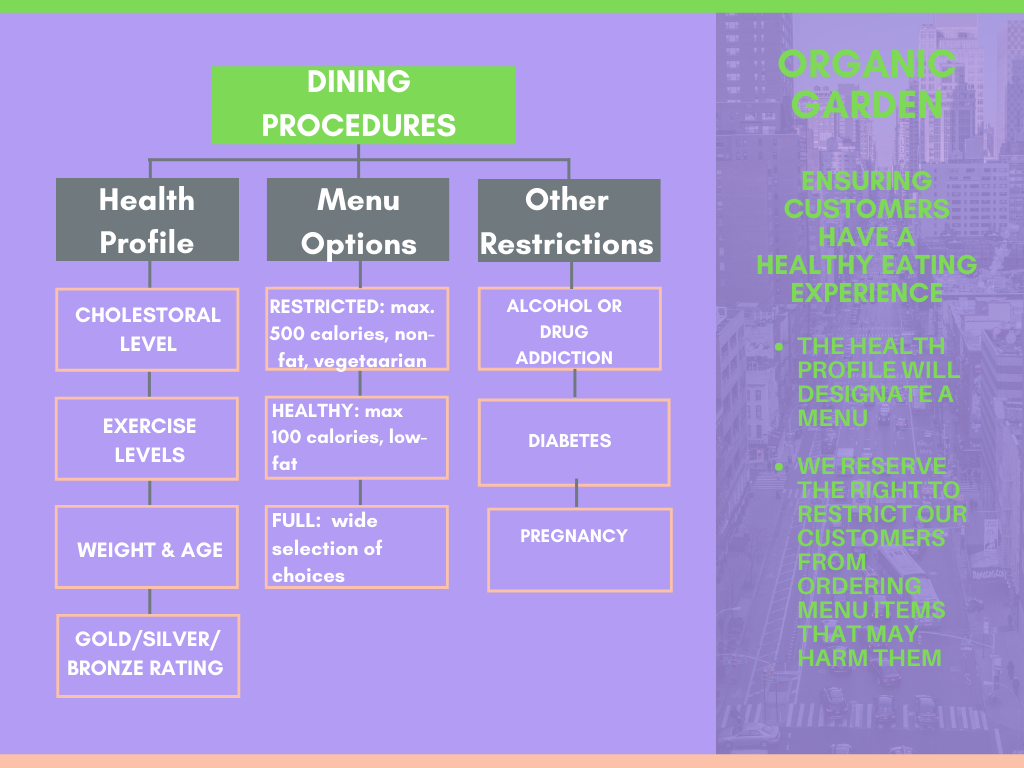
The two designs are intentionally different in quite subtle ways. This demonstrates that there is a fine line between how the very technology that is designed to benefit society can easily be manipulated for darker purposes. Ultimately, the dining experience of the future described here is representative of Dunne & Raby (2013) description of speculative design as “tools to better understand the present and to discuss the kind of future people want, and, of course, ones people do not want” (p.2).
References
Dunne, A., & Raby, F. (2013). Speculative Everything: Design, Fiction, and Social Dreaming. Cambridge: The MIT Press. muse.jhu.edu/book/28148.
O’Neil, C. (2017, April 6). Justice in the age of big data. Retrieved July 20, 2020, from ideas.ted.com website: https://ideas.ted.com/justice-in-the-age-of-big-data/
Vallor, S. (2018, November 6). Lessons from the AI Mirror [Video file]. Retrieved from https://www.youtube.com/watch?v=40UbpSoYN4k&feature=emb_logo


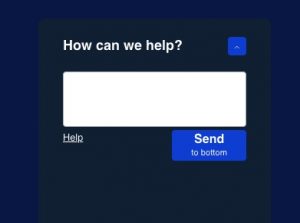
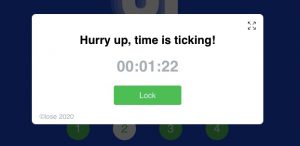
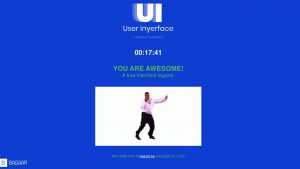
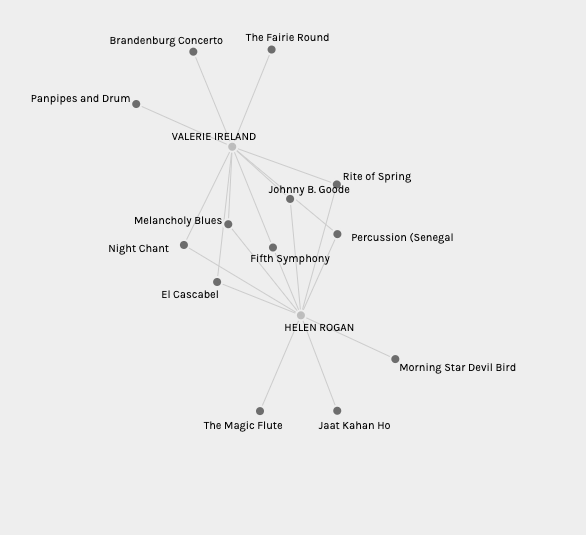

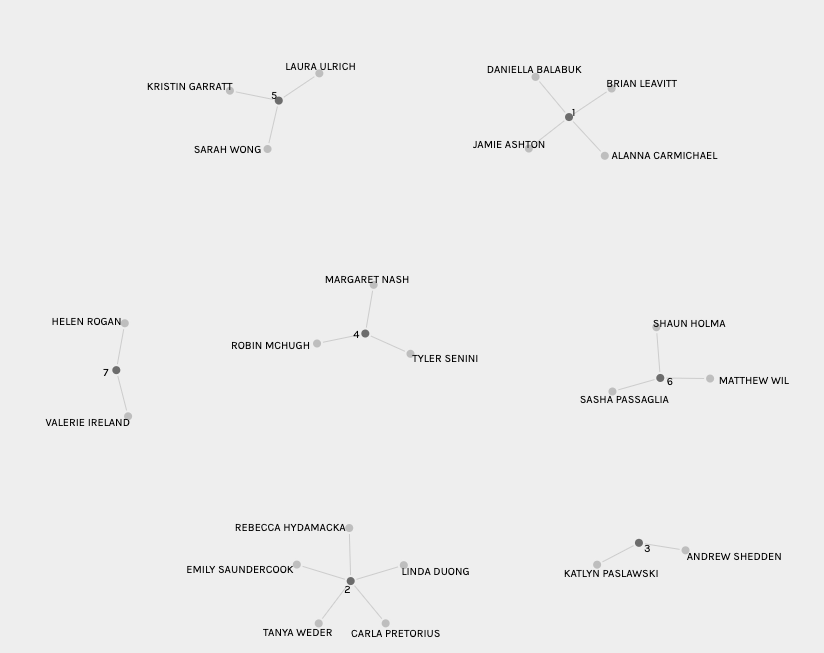
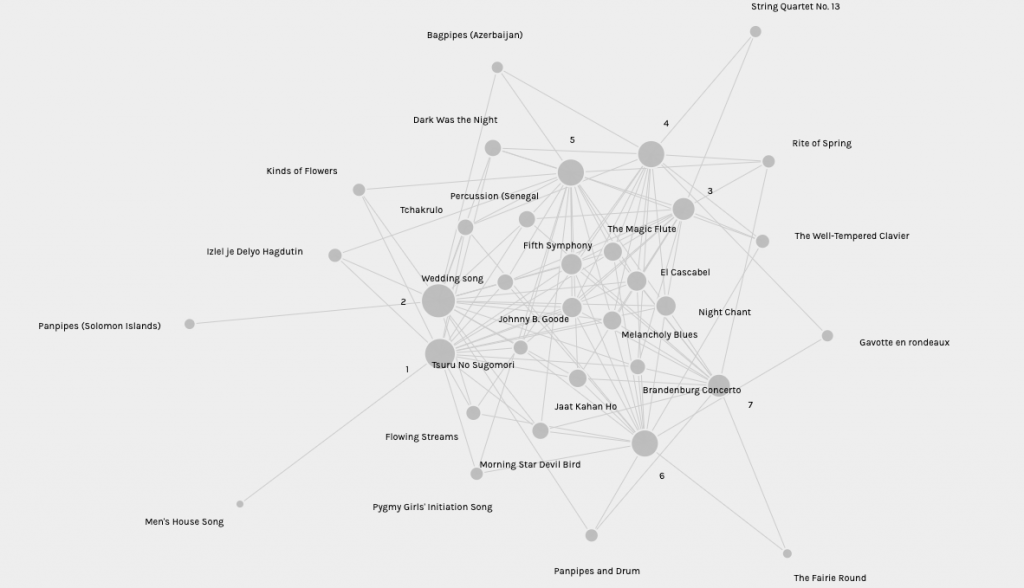

 Ultimately this exercise reminded me of this week’s topic regarding what to digitize. It’s an interesting metaphor for the question that faces those tasked with deciding which texts to digitize and which can afford to be lost.
Ultimately this exercise reminded me of this week’s topic regarding what to digitize. It’s an interesting metaphor for the question that faces those tasked with deciding which texts to digitize and which can afford to be lost.